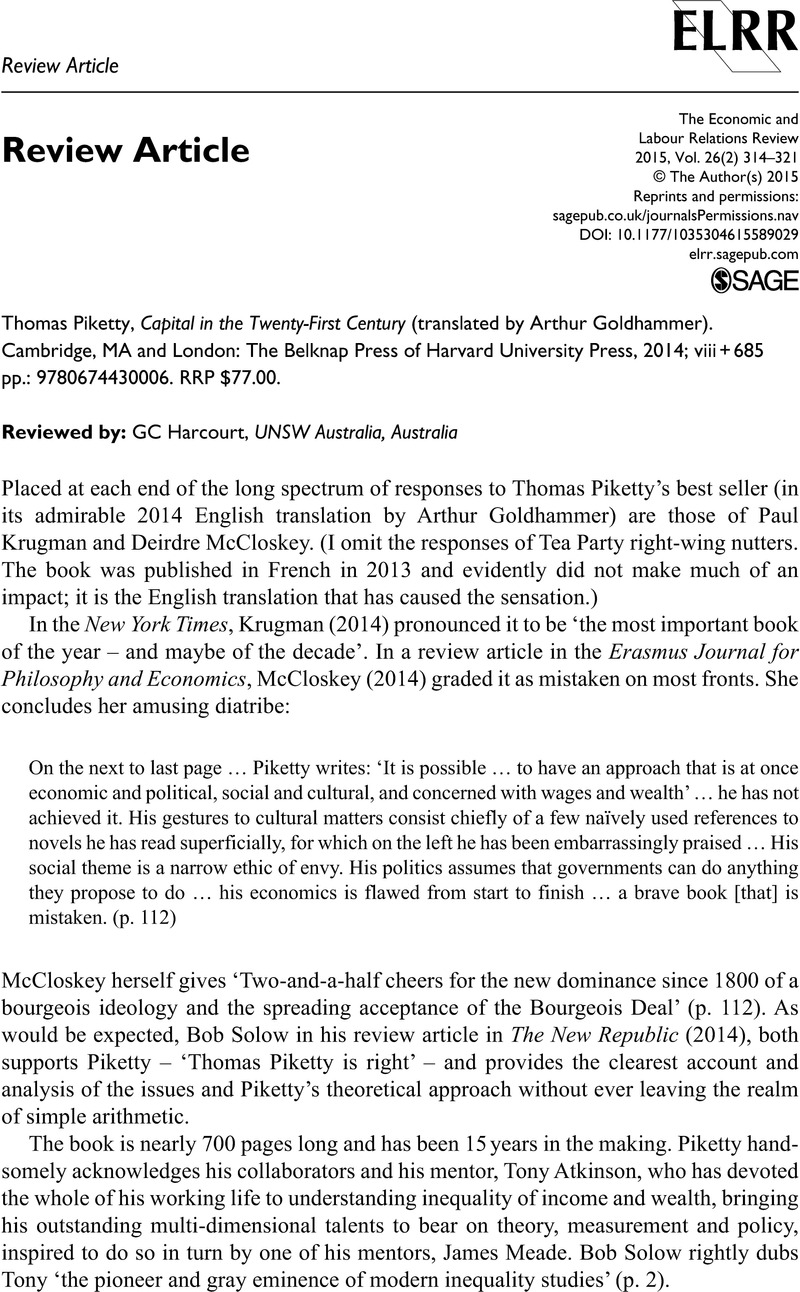Crossref Citations
This article has been cited by the following publications. This list is generated based on data provided by Crossref.
Martins, Nuno Ornelas
2016.
Political aspects of the capital controversies and capitalist crises.
Journal of Post Keynesian Economics,
Vol. 39,
Issue. 4,
p.
473.
Shaikh, Anwar
2017.
Income Distribution, Econophysics and Piketty.
Review of Political Economy,
Vol. 29,
Issue. 1,
p.
18.
King, J.E.
2017.
The Literature on Piketty.
Review of Political Economy,
Vol. 29,
Issue. 1,
p.
1.
Harcourt, G. C.
2018.
Reflections on a Representative Selection of My Essays from the Past 60 Years.
History of Economics Review,
Vol. 71,
Issue. 1,
p.
2.
Palma, José Gabriel
2019.
Behind the Seven Veils of Inequality. What if it's all about the Struggle within just One Half of the Population over just One Half of the National Income?.
Development and Change,
Vol. 50,
Issue. 5,
p.
1133.
Nukulkit, Up Sira
2019.
Neutral technical progress and the measure of value: along the Kaldor–Kennedy line.
Cambridge Journal of Economics,
Vol. 43,
Issue. 5,
p.
1315.
Lawrence, Peter
2021.
The global and national inequality faultlines: the economic dimensions of (in)security.
Journal of Global Faultlines,
Vol. 8,
Issue. 1,
Cornish, Selwyn
and
Hawkins, John
2022.
Geoffrey Harcourt (1931–2021): His Life and Works.
History of Economics Review,
Vol. 81,
Issue. 1,
p.
8.



